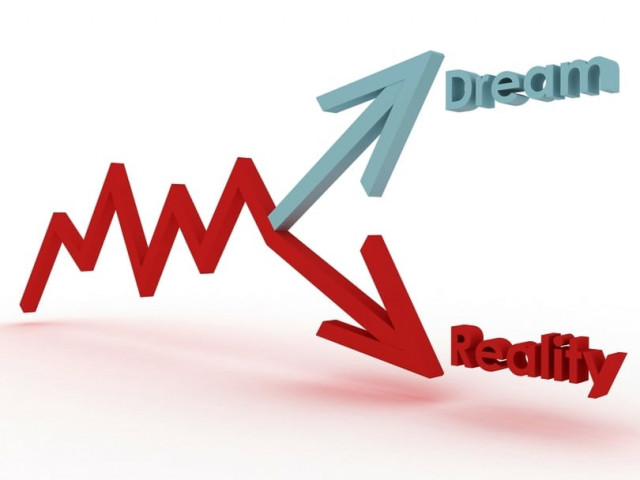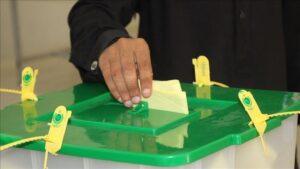Islamabad:
The United States is experiencing an important review of its commercial policies, which causes a broader remodeling of global supply chains. The steep tariff walks in key exporters such as China, India and Brazil are forcing US importers to rethink their supply strategies.
This interruption has a rare and valuable opening for countries such as Pakistan to intervene and gain market share. With Chinese and Indian exports that face average tariffs of 50% or more, the relatively low rate of 19% of Pakistan offers a clear competitive advantage. The critical question is whether Pakistan is prepared to take advantage of this moment.
American importers are already changing the supply chains of high rate countries, creating new opportunities for agile exporters. Pakistan, with its recent economic reforms that reduce supplies costs and facilitate import goods imports, is uniquely positioned to capitalize on commercial realignment.
After years of stagnant exports, this market interruption presents a critical window to establish a support point in the unemployed market segments, particularly where the recently improved costs of Pakistan costs can offer immediate advantages.
The current stronger export position of Pakistan in the US. In comparison, China exports $ 40 billion (clothing around $ 24 billion and textiles $ 16 billion) and India $ 9 billion with a balanced 50-50 division between clothing and textiles.
Even a modest redirection of orders from these countries to Pakistan could generate significant profits. The textile sector, given its existing base and infrastructure, remains the most immediate area where Pakistan could exports exports quickly.
In addition to textiles and clothing, several other sectors are promising. Pakistan leather exports to the US are currently $ 171 million, while their global leather exports total $ 710 million, which emphasizes that the country is competitive in this sector.
Similarly, the sports articles industry, known for its manufacture of world class football, has exports about $ 400 million and is well positioned to grow with a better brand and market access. The recent appearance of radial tires of trucks and bus as an export element to the US. It is another bright point. With exports that exceed $ 100 million last year and more than 20% year -on -year growth, it reflects the type of impulse that can be built with the correct approach.
Pakistan’s mobile assembly sector represents one of its most obvious industrial opportunities. While the mobile exports of India to the US.
The 2020 mobile device manufacturing policy attracted 26 assemblies through component tax exemptions and local market protection, promoting import substitution (90% of domestic demand). However, this model centered inside, which failed spectacularly in the automotive sector, continues to suffocate the export potential. Component imports now consume $ 1.5-2 billion annually without generating significant currencies as assemblies prioritize lucrative national sales over competitive global integration.
The need for change is particularly critical in the engineering goods sector, where Indian exports to the US are approximately $ 18 billion, or 28% of their exports, compared to the least $ 0.5 billion of Pakistan, or about 7% of their exports. This sector must be released from the obsolete import substitution mentality still integrated within the relevant government institutions.
This is a lost opportunity not only economically, but also strategically, since exports led by engineering can help Pakistan diversify their commercial base and reduce excessive dependence on traditional sectors of low added value. If this sector is released from the micrognition of government agencies, it could become a key driver of exports and industrial improvement.
The global commercial order is experiencing its deepest transformation into a generation, presenting Pakistan a critical opportunity to remodel its economic future. The bold reforms in this year’s budget, particularly tariff rationalization, are already throwing promising results: a record increase of 17% monthly export and a 42% growth in customs and other imports on imports, marking the highest profits of a single month in recent history.
While it is premature to draw long -term conclusions from one month data, these first indicators are aligned with the economic modeling that predicted the benefits of greater opening, validating the direction of the reform. Critics who focus closely on deficits overlook a fundamental truth of the development economy: short -term strategic deficits have constantly served as necessary investments so that emerging economies achieve lasting prosperity, as evidenced by China, Vietnam and other success stories.
The writer is a member of the Managerial Committee of US Rates. He previously served as Pakistan ambassador to the WTO and the FAO representative before the United Nations




